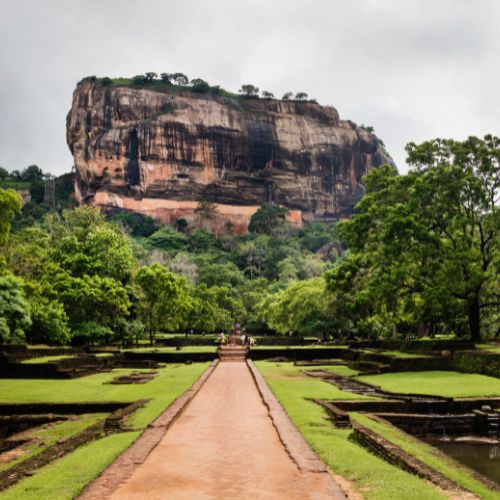World Heritage Sites in Philippines – Historic City of Vigan and Baroque Churches
Historic City of Vigan and Baroque Churches of the Philippines are two of six UNESCO World Heritage Sites in Philippines. Historic City of Vigan was inscribed in 1999 after Baroque Churches of the Philippines, 1993.
Historic City of Vigan

Established in the 16th century, Vigan is the best-preserved example of a planned Spanish colonial town in Asia. It is a 4th class component city and capital of the province of Ilocos Sur.
Located on the western coast of the large island of Luzon, facing the South China Sea, it is one of the few Spanish colonial towns left in the Philippines, whose old structures have mostly remained intact.
It is well known for its sett pavements and a unique architecture of the Spanish Philippines colonial era, which fuses Native Philippine and Oriental building designs and construction, with colonial Spanish architecture that is still abundant in the area
Its architecture reflects the coming together of cultural elements from elsewhere in the Philippines, from China and from Europe, resulting in a culture and townscape, that have no parallel anywhere in East and South-East Asia.
Baroque Churches of the Philippines

The Baroque Churches of the Philippines are a collection of four Spanish Colonial-era baroque churches in the Philippines. Their unique architectural style is a reinterpretation of European Baroque by Chinese and Philippine craftsmen.
These four churches, the first of which was built by the Spanish in the late 16th century, include San Agustin Church in Manila. Santa Maria Church in Santa Maria, Paoay Church in Paoay, Miagao Church in Miagao
The four baroque churches of the Philippines are classified as UNESCO world heritage sites as they have important cultural significance, and influence on future architectural design in the Philippines.
The churches display certain characteristics that express a ‘fortress baroque,’ such as thick walls and high facades, that offer protection from marauders, and natural disasters alike.
The group of churches established a style of building, and design that was adapted to the physical conditions in the Philippines, which had an important influence on later church architecture in the region.



